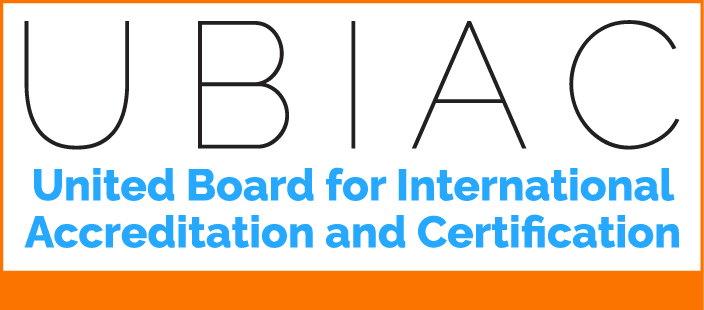Organizations of all sizes are increasingly looking to implement environmental management systems (EMS) in order to improve their environmental performance. EMSs are designed to help organizations systematically manage their environmental responsibilities in a manner that is consistent with their overall business strategy. The ISO 14001:2015 standard is the most widely recognized EMS framework in the world.
When trying to improve their environmental performance, many organizations choose to implement an EMS. While the benefits of doing so can be significant, there are also costs that must be considered. Organizations should weigh the costs and benefits of EMS implementation and decide whether or not the benefits justify the costs. Additionally, organizations should consider their environmental obligations and whether or not they are required to implement an EMS in order to meet those obligations. The benefits of implementing an EMS are significant and can help organizations to improve their environmental performance in a number of ways. However, there are also costs associated with EMS implementation that must be considered. Ultimately, the decision of whether or not to implement an EMS should be based on a careful evaluation of the costs and benefits.
Generally, the benefits of implementing an EMS will outweigh the costs. However, each organization must make its own decision based on a careful evaluation of the specific circumstances.

Key
Benefits
The benefits of implementing an EMS can be significant. In addition to improving environmental performance, EMSs can help organizations to:
- Reduce costs by reducing waste, improving resource efficiency, and reducing liability exposure
- Improve operations by reducing environmental risks and improving compliance
- Enhance reputation and brand image There are a number of factors to consider when deciding whether or not to implement an EMS. .
Other factors to consider when determine whether or not to implement an EMS could include an evaluation of:
- The potential cost savings of reducing waste and improving resource efficiency
- The degree to which implementing an EMS could help to improve compliance with environmental regulations
- The potential for enhancing the reputation and brand image of the organization
- The specific environmental obligations of the organization and the extent to which an EMS would help to meet those obligations
- The level of commitment of senior management to environmental sustainability
Our Clients Says

One stop destination for every legal process 👍🏻👍🏻 5 stars for there service
Nikhat Khan



Their service is appreciated.. good values..
Sonia rani manthapuram
Ready to get started? Contact us!
we help you improve your business through quality management & assurance services.



